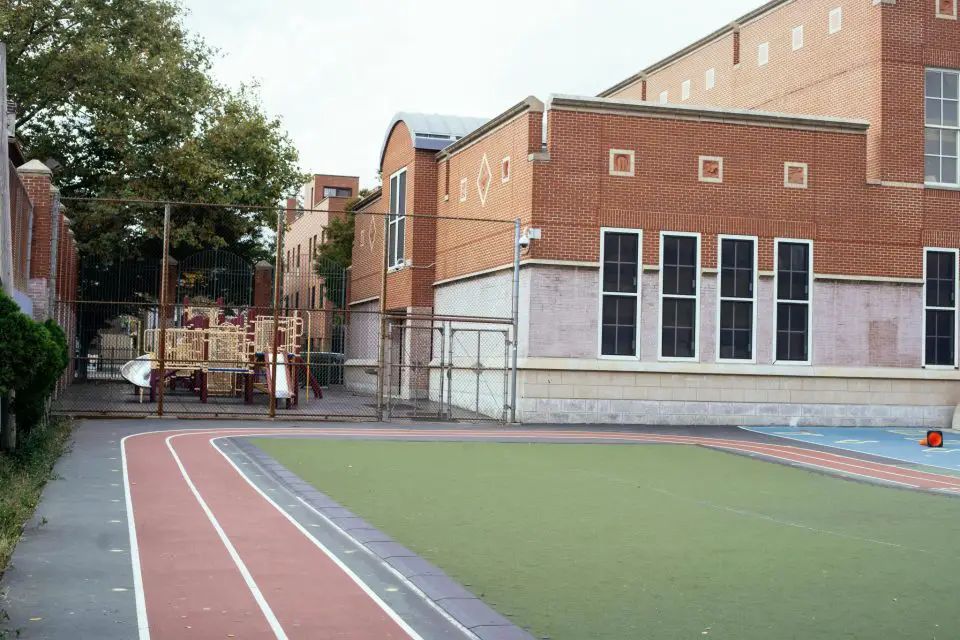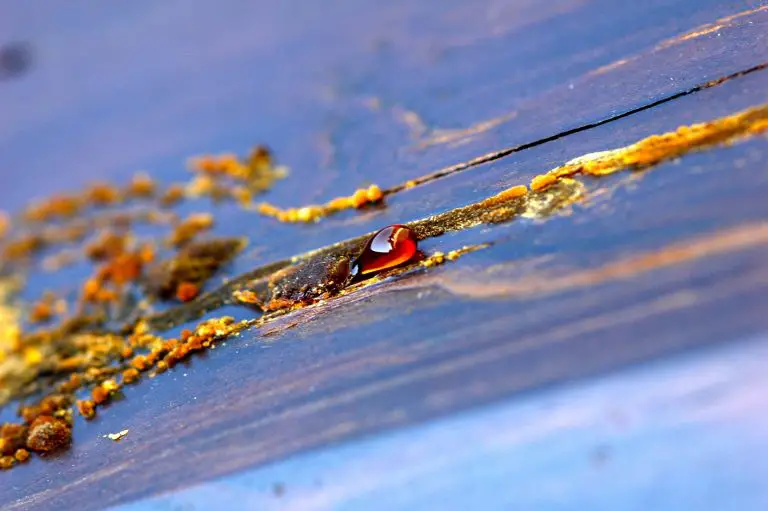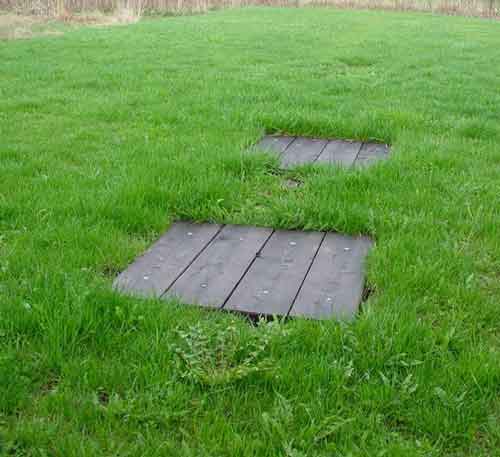
Operating an outdoor sporting facility involves much more than just managing schedules and equipment. It requires a thoughtful approach to maintenance that not only preserves the quality of the sports grounds but also considers the environmental impact. Eco-friendly maintenance practices can significantly reduce this footprint while enhancing the longevity and appeal of your facility. This guide highlights some practical maintenance strategies that keep both the turf green and your facility operations lean.
Use Organic Fertilizers
One easy step in maintaining an eco-friendly outdoor sports facility is to switch from chemical to organic fertilizers. Organic options sustain the grass with natural materials, such as compost and manure, eliminating the harsh effects of synthetic chemicals. This not only improves soil health but also reduces water pollution, ensuring your grounds remain a safe space for sports without harming the environment.
Organic fertilizers release nutrients slowly, so you can’t expect your turf to respond in the same way as with chemical fertilizers. On the plus side, organics let your turf gets sustained nourishment, resulting in stronger roots and healthier growth over time. This can help maintain moisture, cutting down on the need for frequent watering (a perfect double win for both cost-saving and conservation efforts).
Smart Watering Systems
Implementing smart irrigation systems is another big key eco-friendly practice for maintaining outdoor sporting facilities. Traditional watering methods often uses excessive water use, wasting this valuable resource through evaporation or runoff. Smart systems, equipped with sensors and timers, ensure that water is only applied when and where it’s truly needed.
This technology adjusts automatically based on weather conditions, too – reducing consumption during rainy periods and optimizing during drier times. As a result, you conserve water and maintain optimal turf health with minimal effort. Installing such systems not only supports sustainability but also significantly cuts down your facility’s operational costs.
Harness Solar Energy
Another powerful step toward sustainable maintenance at outdoor sporting facilities is adopting solar energy. By installing solar panels, facilities can harness the sun’s natural power to run lights, scoreboards, and even irrigation systems. This shift not only reduces dependence on fossil fuels but also cuts electricity costs significantly.
Solar power is clean and abundant, producing zero emissions during operation. Facilities that integrate solar technology not only champion eco-friendliness but also set a progressive example for community standards in environmental responsibility. Plus, the long-term savings from reduced utility bills make this an economically sound choice as well.
Choose Native Plants
Integrating native plants into the landscaping of outdoor sporting facilities is a subtle yet impactful eco-friendly maintenance hack. These plants are ideally suited to the local climate and soil conditions, which means they require less water, fewer fertilizers, and minimal pesticides compared to their non-native counterparts. Opting for native flora allows facilities to not only conserve resources but also support local wildlife, promoting biodiversity. The robust nature of these plants makes them more resilient against disease and pests, reducing the need for chemical interventions.
This approach not only sustains a healthier environment but also enhances the aesthetic appeal of your sports grounds with indigenous beauty.
Partner with Green Maintenance Experts
Finally, when considering the upkeep of your facility, it’s crucial to engage professional maintenance services that align with eco-friendly standards. For example, when looking to hire a professional for specific needs like artificial turf maintenance, it is vital to work with those who use sustainable methods and products.
Working with professionals like these ensures that all aspects of your outdoor sporting facility are cared for without harming the environment. The best will use the most advanced eco-friendly techniques that not only maintain the quality and appearance of your sports grounds but also significantly reduce your overall impact. Partnering with the right experts guarantees that both longevity and sustainability are central to your facility’s maintenance plan.
Conclusion
Adopting eco-friendly maintenance practices for your outdoor sporting facility isn’t just about meeting current environmental standards – it’s about setting a trend for the future. By implementing these strategies, you ensure that your facility remains efficient, sustainable, and cost-effective.
These efforts won’t go unnoticed, either. Players, spectators, and community members alike appreciate and support venues that prioritize the planet. Embrace these changes today to pave the way for a greener tomorrow in sports facility management.












